All around the world the different kinds of nightlife are cultures in themselves. A fun way to dive into this part of the culture and get a real local experience in Japan is going to an izakaya. Izakaya plays a very big part in the Japanese (drinking) culture and are popular after-work-drinking places. People around the world often have an image of Japanese people that they are always at work and working long hours. While this is true for some workers, this isn’t always the case. In fact, Japanese people are experts in the entertainment world, with izakaya and karaoke being two big examples. Many (young) Japanese often go and visit an izakaya or other forms of entertainment, also to relieve some pressure from work. In this article we will introduce the izakaya culture and explain how you can also have this local experience.
What is an izakaya
Whether you are new to the Japanese culture, or have some experience, chances are that you have heard of izakaya (居酒屋) before. Izakaya is written using three kanji which are translated as ‘stay’ , ‘sake’, and ‘shop’ and basically an izakaya is a Japanese style bar that serves alcohol and food. They are casual places that many people visit after work with colleagues or friends for a drink like the Spanish tapas bar, or a British pub. The difference is that Izakaya offers decent home-cooking style meals other than just a snack which makes it the best place to learn typical Japanese meals and sake to drink. The informal nature of the bars facilitates connecting with other guests, it is accepted to start chatting to strangers, though generally the Japanese will stick to themselves.
If you visit the local bars, you’ll likely be greeted by regulars and you can see a part of Japanese daily life of the salaryman.
Izakaya food and drinks
While most restaurants focus on serving one main dish per person, Izakaya serve a wide range of dishes which are often shared within the group. Typical dishes include chicken karaage (Japanese-style fried chicken), yakitori, edamame, gyoza, fried rice, grilled fish, french fries, sashimi, sushi, nabe (Japanese hotpot) and salads. Izakaya translates as dine-in-sake shop, but serves a wide range of other drinks as well. Typically, domestic and sometimes imported alcoholic beverages, including beer, sake, cocktail and shochu are being served as well as non-alcoholic drinks of course.
Japanese tend to love to order beer first, and there’s a phrase that is often used; とりあえずビール(Toriaezu bi-ru), which means “I’ll start off with a beer”.
Umeshu (plum wine), sour (spirits + soda water + fruit juice, the most popular one is lemon sour), whiskey highball and chuhai (shochu + soda water + fruit juice) are the unique and popular alcoholic beverages other than sake or beer that you can order at Izakaya.
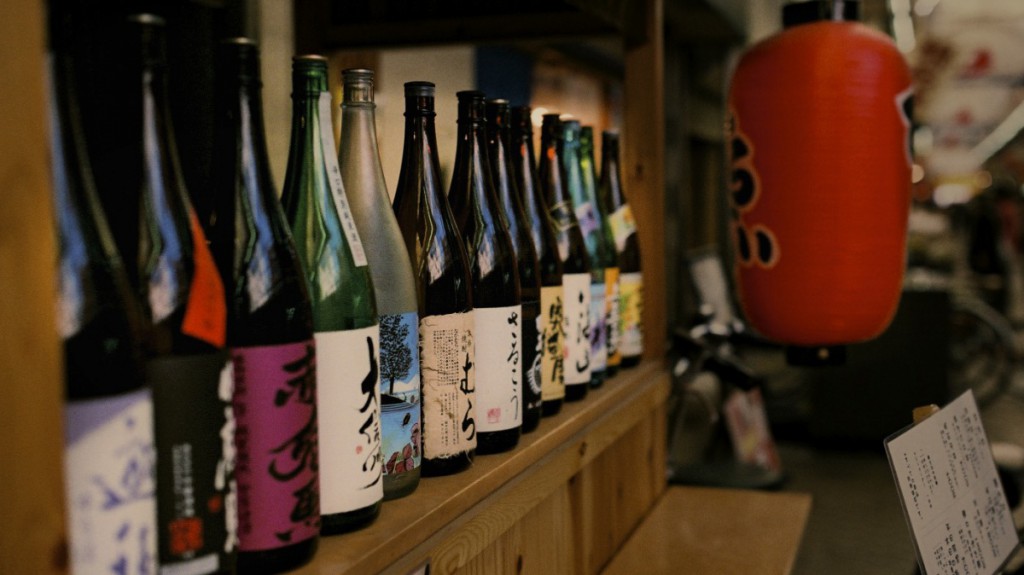
Otoshi, a table charge
You will pay an otōshidai (お通し代) or sekiryō (席料), which can be translated as a table charge, though this may be a little confusing. The table charge is charged per person and it includes a small dish of food called otōshi. It may surprise you to receive a small plate of appetizer that you didn’t order when you take a seat, and that is an otoshi. Generally it will cost around 300-500 yen per person, and if you don’t want to pay that, you can tell the staff before you eat it even though in many izakaya it’s considered as a manner to pay for it.
All you can drink system
Nomihoudai (飲み放題) and tabehoudai (食べ放題) are the best parts of Izakaya system (especially at the big Izakaya chains) which you can order as much drink (nomimono) and food (tabemono) over a fixed period of time (usually two hours).
Generally the special menu is given for those all you can drink or eat, and you can order anything anytime from that menu.
All you can drink or eat is especially popular for the big party at the company or school.
How to experience an izakaya
The best way to experience an izakaya is of course with a group of Japanese people. This group could be made of anyone: student clubs, sports teams, work colleagues, your university class (teacher included), or even a date! Whenever drinking is involved, Japanese people seldom turn to bars and opt for the izakaya instead. In most cases when drinking in Japan, the obvious end is getting drunk, and drinking in large amounts is held in high esteem. The stories about a salary man sleeping on the steps of the subway are true. When visiting the popular drinking areas, you may most certainly see a (or multiple) passed out salaryman on the streets, especially on Friday evenings.
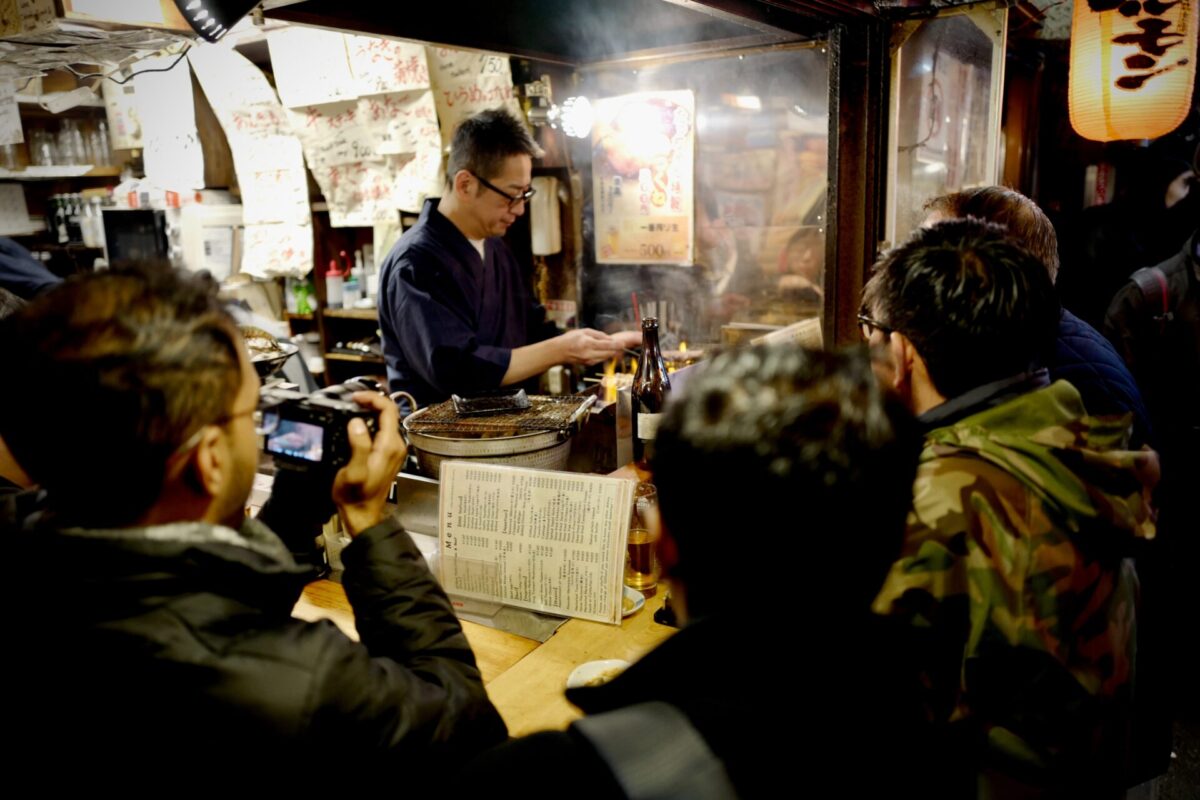
For most foreigners, the izakaya is not an overwhelming cultural experience, more of a different but fun way to drink on a budget. It really is a cheap experience to get completely drunk as the price often varies between ¥1,000 and ¥2,500 for two hours of free-flowing drinks. For some people, going to an izakaya is used as pregaming for nightclubs. It does make for expensive nights but there are few other ways to get in the mood so fast with the liberty to choose what you drink and how you drink it.
Often when you visit as a group, you will have your own booth but in any case nobody is bothered by your loudness (everyone is there for the same reason). An izakaya can be a great way to meet locals, after a few drinks the language barrier seems to be less of an issue. Remember though, much as karaoke, izakaya is mostly a closed group event, do not expect to meet many people when on a Japanese drinking adventure.
Drinking culture in Japan
Start off with a beer
After sitting down, on the ground or at the table, often a beer – nama-biru – is ordered for everyone on the first round. And there’s a phrase that is often used; とりあえずビール(Toriaezu biru), which means “I’ll start off with a beer”.
Senpai’s rules
You always wait until every member has a drink to chant the traditional ‘KANPAI!’ cheers! as one. Most drinking games require a self introduction in Japanese before participation. When a senpai (older member of the club) asks something of you, you do as you are told, when he/she asks you to drink you drink, but sometimes at the end of the night senpai will pay for you. There is a sense that he is making an investment in you, according to the Japanese there is a sense of trust that the kouhai (younger member) will one day remember their senpai. In turn when the younger members get older, they might pay for the newly recruited. The nomikai (drinking party) usually ends with the leader of the group or club saying a few words then the entirety of the group claps hands together saying ‘Yooooo’ signifying the end of the event.
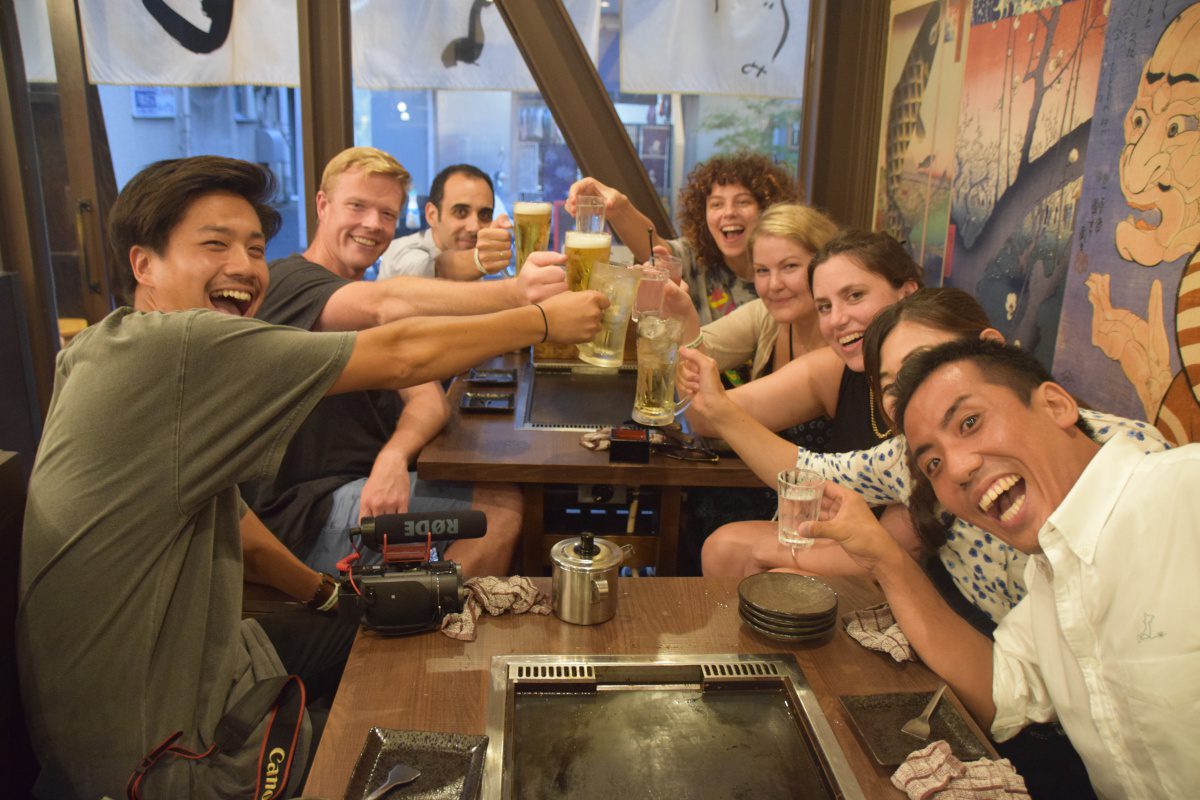
The best Izakaya bar hopping tour
If you want to make sure to meet locals and have Kanpai together with other travelers, join our Bar Hopping Tours! Your guide will let you have the best drinking experience in Japan. Getting to know the local stories and trying out the unique izakaya food will be the great options for a night.
▶Asakusa Local Bar Hopping Tour (Tokyo)
▶Shinjuku Izakaya Hopping Tour (Tokyo)
▶Pontocho Backstreet Food and Drink Hopping Tour (Kyoto)
Izakaya alleys in Tokyo
Tokyo is the best place for bar hopping. The most famous Izakaya alley is probably the Golden-gai in Shinjuku, but the truth is, it’s full of tourists rather than locals. If you want to get a real local experience in Tokyo to mingle with regulars, visit those Izakaya alleys.
- Asagaya Star Road (Asagaya)
- Akabane Ichibangai (Akabane)
- Shinbashi under the train track (Shinbashi)
- Hoppy Dori (Asakusa)
- Omoide Yokocho (Shinjuku)
Find more from this article!
▶Izakaya Alleys in Tokyo
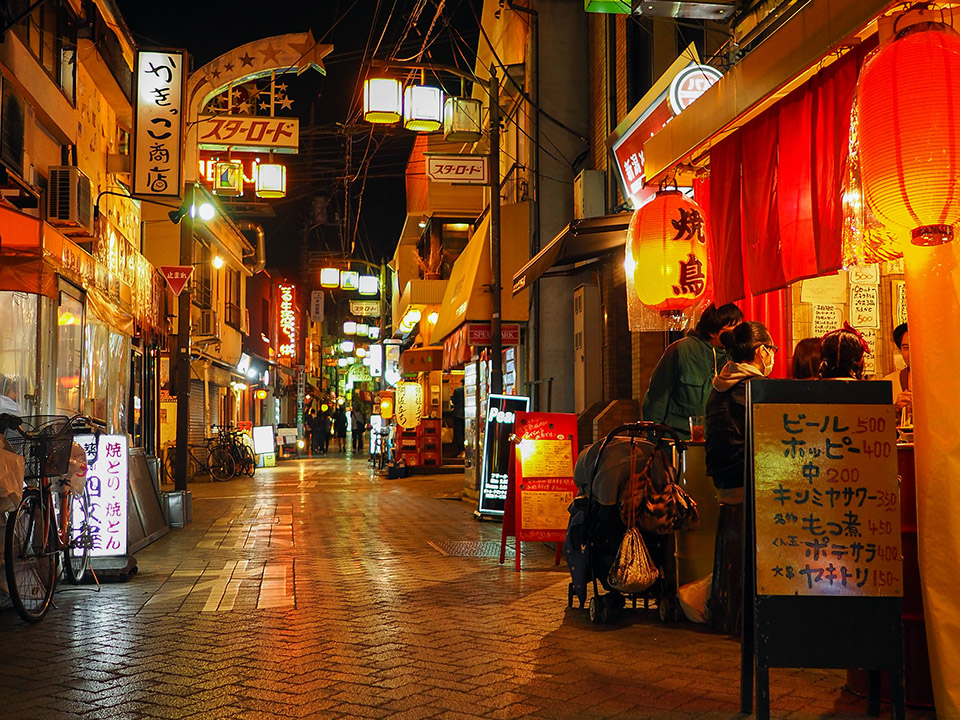
Follow us on Instagram or Facebook for more travel inspiration. Or tag us to get featured!
Happy travelling!
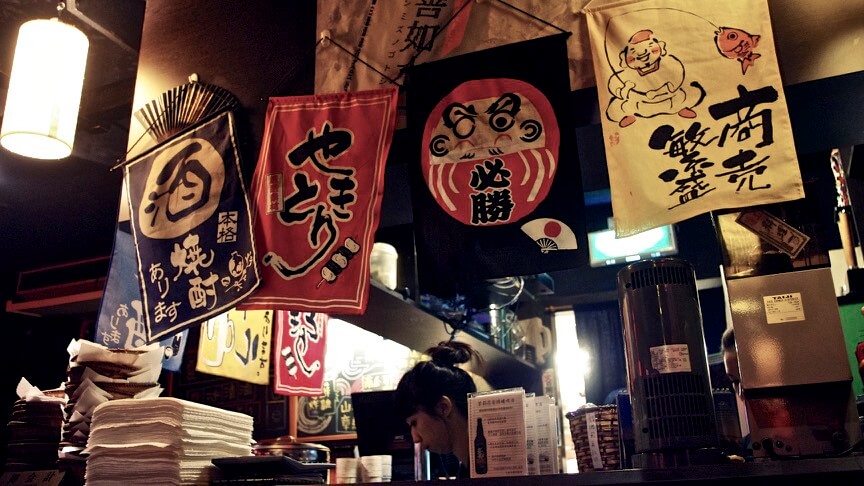
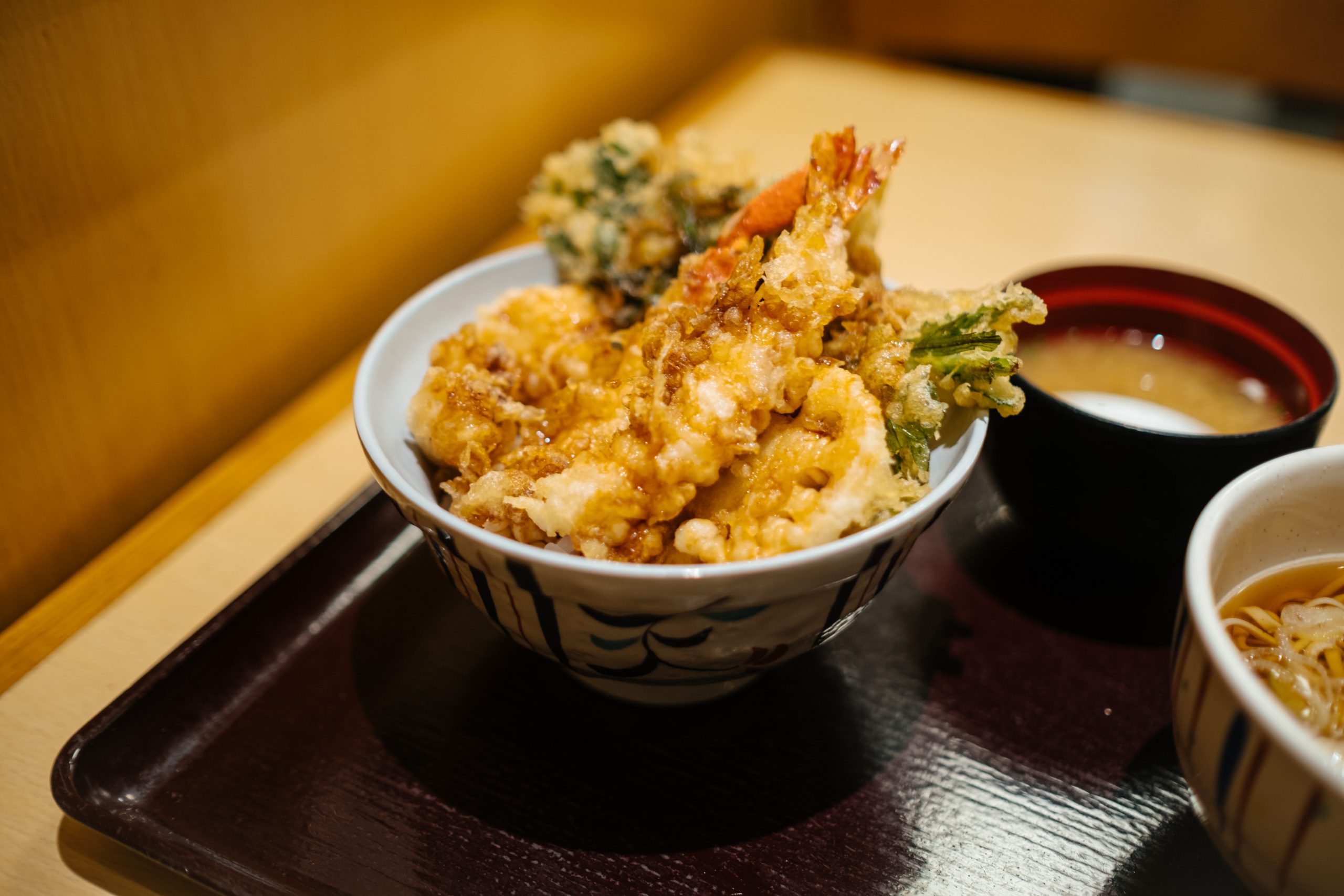
Comments
[…] in the world! I met up with my tour guide, Remi, and my fellow tour-goers, and we set off on our izakaya (a Japanese bar and restaurant) tour of […]